
The Deities and the enshrined shrine/ temple
“Kamakura-Enoshima Shichifukujin” :Eight sites to pilgrim:Honngakuji, Hase-dera, Hokaiji, Enoshima-jinjya,
Tsurugaoka-hachiman-gu,Jyochiji, Goryo Jinjya, Myoryuji.
Visitors may collect Goshuin at every pilgrimage spot.
The service hour of the office might alter occasionally.
Visitors may collect Goshuin at every pilgrimage spot.
The service hour of the office might alter occasionally.

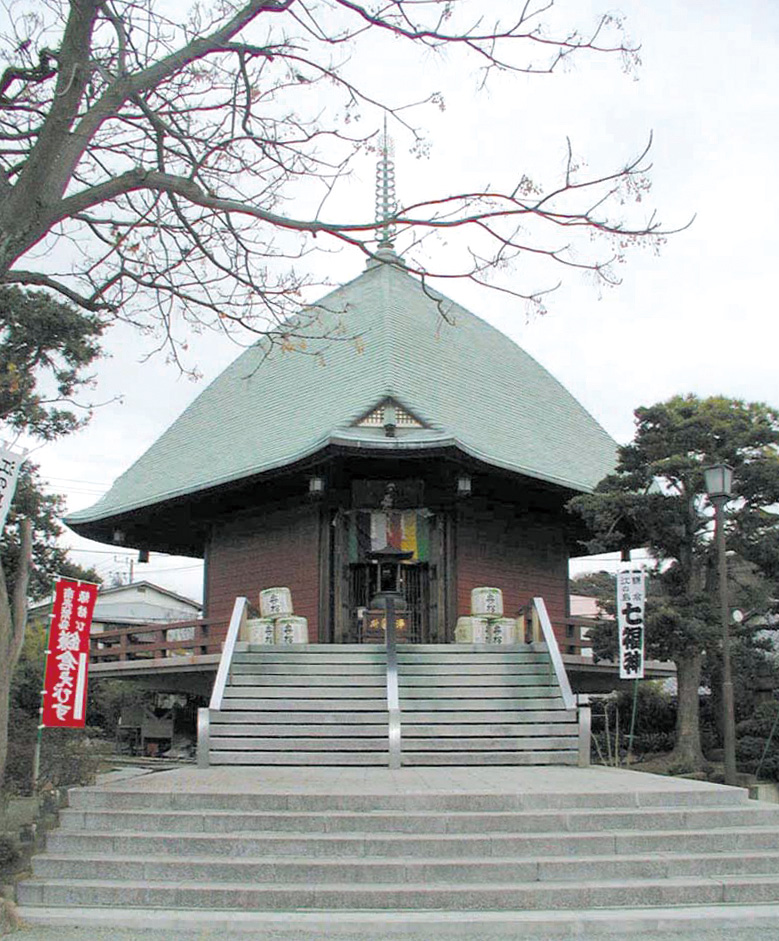

Ebisu: Japanese origin,Hongakuji
The deity of commerce and fishermen, who holds a big sea bream under his left arm and a fishing rod in his right hand.

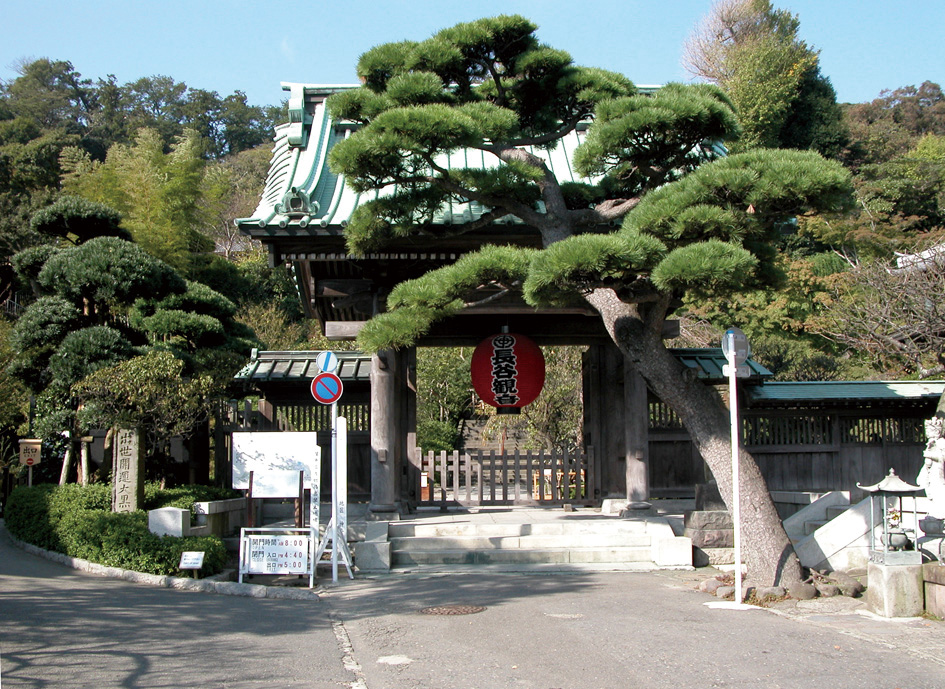

Daikoku-ten: Indian origin, Hase-dera
The deity of wealth and kitchen, wears a hood, and holds a big bag filled with treasures on his left shoulder and a Luck mallet in his right hand.



Bishamon-ten: Indian origin, Hokaiji
The deity of treasure and warriors, wears armor and carries a small pagoda.

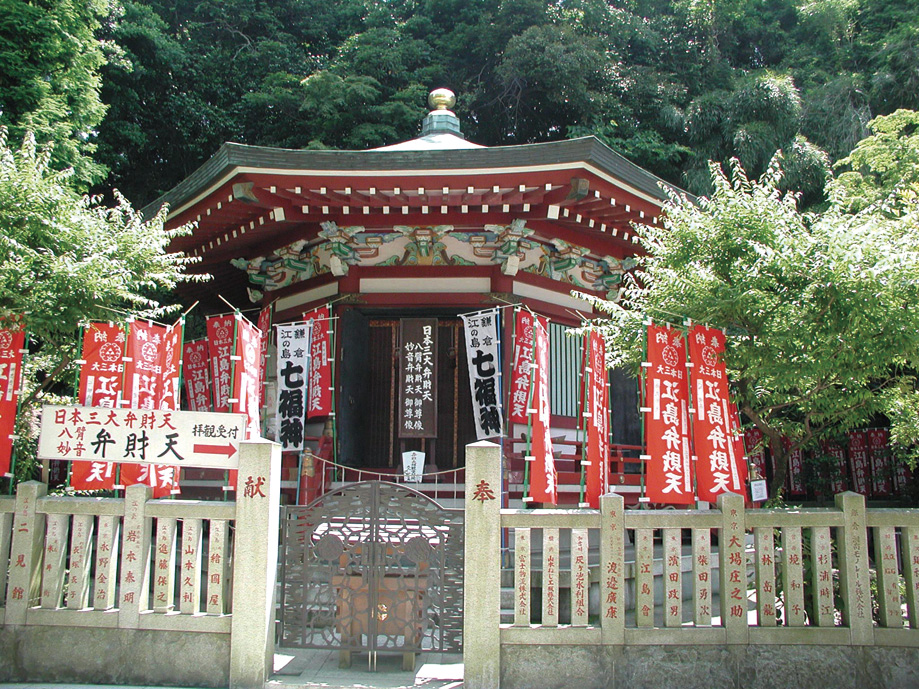

Myo-onBenzai-ten: Indian origin, Enoshima-jinjya
The deity of eloquence, music and wisdom. This Myo-on Benzaiten holds biwa (Japanese mandolin), and is one of the Three Main Benzai-ten of Japan,along with that of Chikubu-jima, Biwako-lake and that of Miyajima, Aki-Hiroshima.



Hata-age Benzai-ten :Indian origin, Hata-age Benzaiten shrine
The deity of victory and achievement. Enshrined in a subsidiary shrine of Turugaoka Hachiman-gu, stands on the shore of Gen-Pei pond.

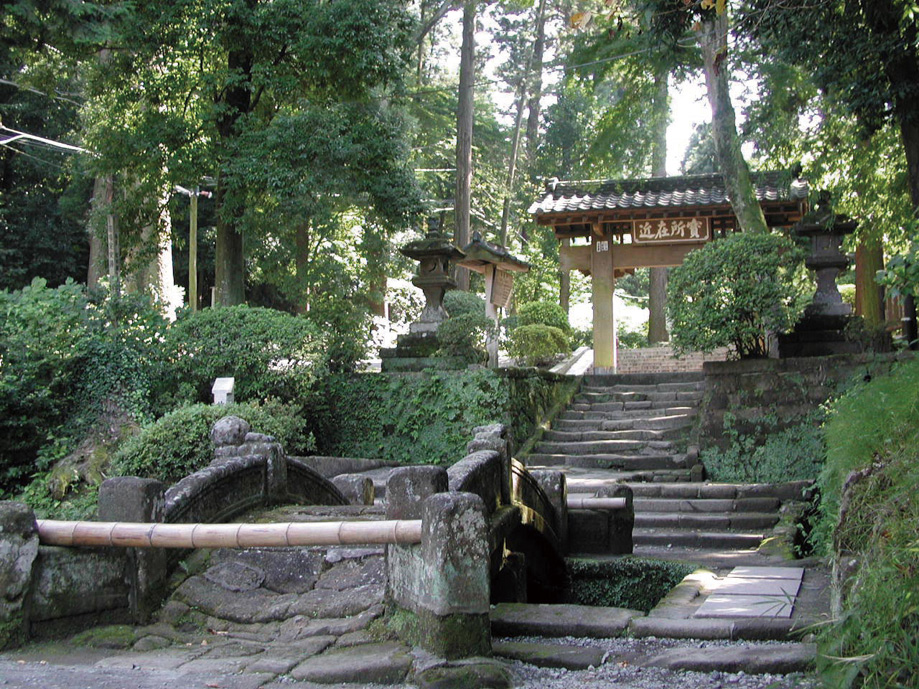

Hotei:China origin, Jochiji.
The deity of contentment and happiness. He is a Buddhist priest, has a round face and full figure, holds a big bag and a fan.

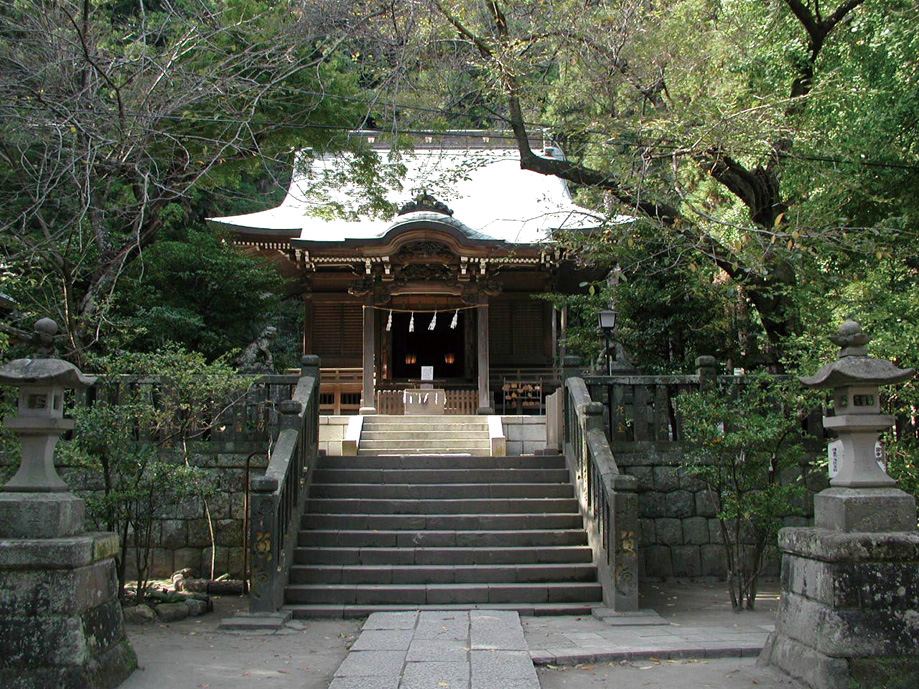

Fukurokujyu: China origin, Goryo Jinjya
The deity of longevity and wealth.

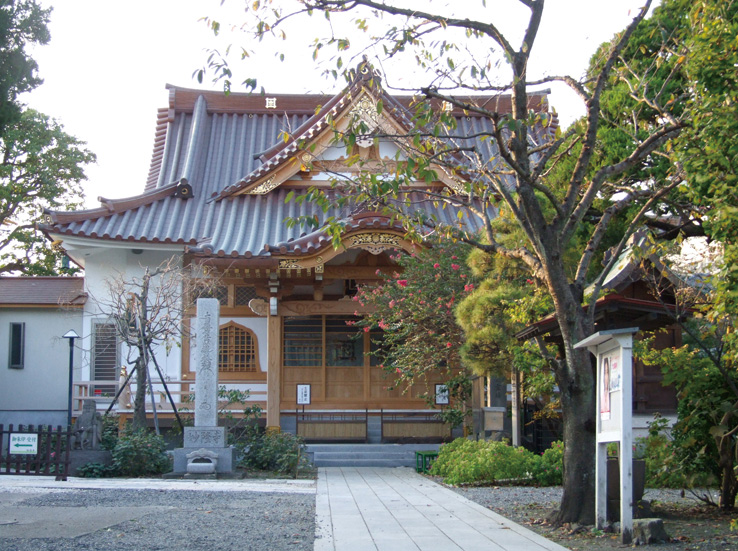

Jyorojin : China origin, Myoryuji
The aged deity of wisdom and longevity.
The order of the pilgrimage is totally at your option.
To take an example:
Ex. 1: Start from Jyouchiji → Hata-age Benzai-ten → Hokaiji → Myoryuji → Hongakuji → Hase-dera → Goryo Jinjya → Enoshima-jinjya
Ex. 2: Start from Enoshima-jinjya → Goryo Jinjya → Hase-dera → Hongakuji → Myoryuji → Hokaiji → Hata-age Benzai-ten → Jyouchiji
To take an example:
Ex. 1: Start from Jyouchiji → Hata-age Benzai-ten → Hokaiji → Myoryuji → Hongakuji → Hase-dera → Goryo Jinjya → Enoshima-jinjya
Ex. 2: Start from Enoshima-jinjya → Goryo Jinjya → Hase-dera → Hongakuji → Myoryuji → Hokaiji → Hata-age Benzai-ten → Jyouchiji
